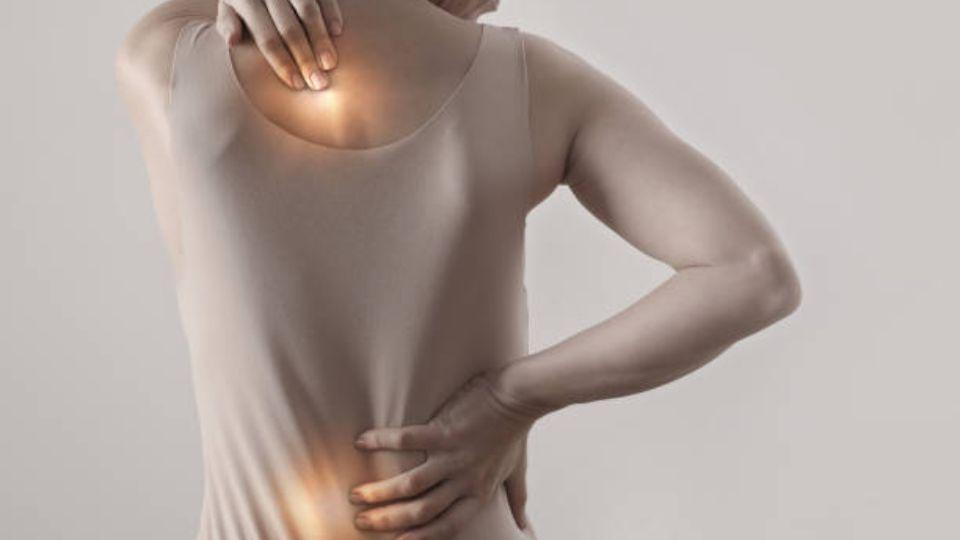
Spinal decompression therapy is rapidly growing in popularity as a non-surgical alternative for managing pain and other symptoms related to various spinal conditions. One crucial aspect of this treatment is the type of spinal decompression table used by practitioners. This is because a table with the correct features can make all the difference when it comes to achieving successful outcomes. So without further ado, let's take a closer look at the two main types of spinal decompression tables: table-driven and puller systems.
Table-Driven Decompression Systems
Table-driven spinal decompression systems, like the ones used by Antalgic Trak, offer an advanced mechanism for providing relief from neck and lower back pain caused by conditions like herniated discs, sciatica, degenerative disc disease, and more. The design of this traction chiropractic machine enables it to move in various directions, allowing practitioners to customize the posture and session for each patient. This is a major advantage over other forms of table-driven spinal decompression therapies that rely on a "flat-table" system – one size fits all.
Some key features of table-driven machines are as follows:
- Precision: The table-driven system uses computer-controlled motorized traction, allowing accurate decompression targeting specific spinal segments, ensuring optimal results with minimal discomfort to the patient.
- Flexibility: Table-driven machines come with a variety of customizable settings, providing flexibility for practitioners to personalize the treatment plan according to the patient's specific needs.
- Improved patient comfort: Table-driven systems offer supine (on the back) and prone (facing downward) treatment positions, making them more comfortable for patients in different situations.
Puller System Decompression
Puller system decompression machines work by manually adjusting the traction force to create an intermittent force on the spine. This force is applied in a pulling motion to create a stretch or distraction on the spine. Because these machines are manually operated, it can be difficult to achieve an exact traction force or pinpoint the exact areas of the spine that need to be targeted.
Here are some aspects to consider when comparing puller systems with table-driven machines:
- Manual adjustments: Puller system machines require manual adjustment of tension during the treatment, which may not offer the same level of precision as computer-controlled table-driven systems.
- Fewer customizable settings: Puller systems may have fewer options for adjusting the traction force and treatment angles, limiting the personalization of the treatment plan.
- Potential for discomfort: Since puller systems often only offer a supine treatment position, patients may experience discomfort during prolonged procedures.
Table Drive and Puller System – Making the Right Choice
Both table-driven machines and puller system decompression provide effective relief from neck and lower back pain, but the choice of which to use depends on individual needs. Table-driven systems offer superior precision, flexibility, and patient comfort. However, if you are looking for a simpler solution with fewer customizable settings, then the puller system may be the best choice for you. Overall, if you want to offer your patients the best in spinal decompression therapy, the table-driven system is the clear winner.
And this isn't only true when it comes to spinal decompression. Whatever treatment you provide, having the correct features can make all the difference when it comes to achieving successful outcomes. This is why Antalgic Trak offers a range of superior-quality spinal decompression systems to meet the needs of practitioners and their patients alike. With its patented 10-axis positioning system, it offers unmatched levels of precision and flexibility so that practitioners can personalize treatment plans according to individual patient needs. And with an attractive, cutting-edge design, it makes for an impressive addition to any medical setting.
To Conclude
We hope this blog has provided some useful information for you to consider when selecting the right spinal decompression therapy system. Remember that when it comes to achieving successful outcomes, having the right features can make all the difference. So if you are looking for a superior-quality system that offers accurate targeting, flexibility, and patient comfort, then get in touch with us today to learn more. We are excited about assisting you in discovering the ideal spinal decompression therapy system that will greatly benefit your medical practice.
